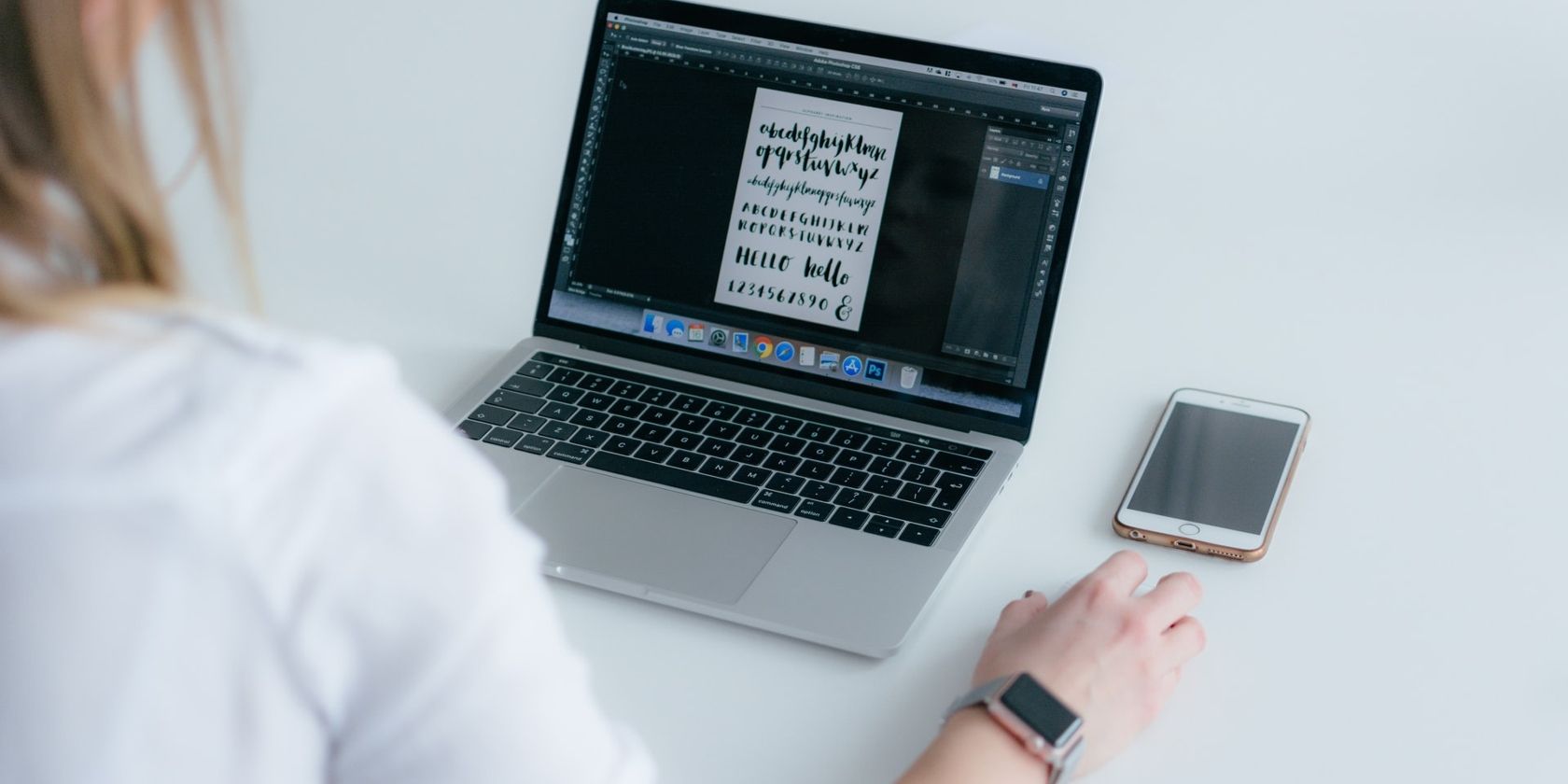

- #Font book mac restore system fonts how to#
- #Font book mac restore system fonts code#
- #Font book mac restore system fonts windows#

‘S-mouse-1’ pops up a menu where you can choose these same actions. To restore the default (global) face height, type ‘C-x C-0’.
#Font book mac restore system fonts windows#
You can resize (text-scale) the text in a buffer (in all windows showing it), or you can resize the default font of a frame. You may have to fiddle because it’s a little unclear to me how the scale variables affect things, even reading this documentation: $ GDK_SCALE=1.7 GDK_DPI_SCALE=1.7 GTK_THEME=Adwaita emacs & In the end I found the GDK_SCALE, GDK_DPI_SCALE and GTK_THEME environment variables were a quick shortcut to the readability I wanted. I initially started digging into all these settings to change the menubar font size and color to be more readable. When using gtk emacs on a remote 4k display, I would get an small black menubar with tiny white lettering. will change all “toolkit” fonts (menus, dialogs). Widget "*emacs-menuitem*" style "menufont" This example changes to an Arial font with height 140: (face-remap-add-relative 'default :family "Arial" :height 140)Ĭhanging the (buffer) menu fonts for GTK emacsĪccording to say in ~/.emacs.d/gtkrc: style "menufont"įont_name = "monospace 10" # Pango font name
#Font book mac restore system fonts code#
To change the font of the current buffer, you can put code like this in your init file. In my ~/.Xresources and ~/.emacs, respectively. For instance, to use Terminus, 9 pixel size across the board, I needed to insert It doesn’t like (set-face-attribute ‘default nil :font FONT) and the like. But the declarations can’t conflict with each other. I found that the only way to set fonts so that they remain consistent across emacs -nw, emacs23(-gtk), emacsclient -t, emacsclient -c, was to declare them in. Including a set-face-attribute hook as described above for a particular mode does not work once you enter that mode the new font is set, but it is applied globally to all other open buffers!) Global Fonts.
#Font book mac restore system fonts how to#
(There needs to be an explanation for how to set fonts for particular modes or buffers here. If you are using a development snapshot for what will become Emacs 24.4 then see Emacs bug #16529. As of Emacs 23, all of your system fonts including TrueType are available to Emacs. Where FONT is a string naming the font you want, for example, "Droid Sans Mono-10". To change the default font for the current frame, as well as future frames, put either of these in your init file: (set-face-attribute 'default nil :font FONT ) (set-frame-font FONT nil t)

FONT )) (set-face-attribute 'default t :font FONT ) To change the default font for new (non special-display) frames, put either of these in your init file: (add-to-list 'default-frame-alist '(font. Use Anything command ‘anything-select-xfont’ to narrow the font list by typing some patterns.Use command ‘icicle-font’ in Icicles to do the same thing (cycle among fonts) – but with the added benefit of completion, including regexp matching.Use command ‘doremi-font’ in DoReMi to change the default font of a frame by cycling among the available fonts – just stop when you get to the font you want.See GoodFonts for some recommendations, see FontSets for how to set various fonts at the same time (one per coding system).Use ` M-x describe-font’ to see the requested font and actual font being used.Use ` S-down-mouse-1’ or ` M-x menu-set-font’ to see the font and fontset menu.Here’s how to change the default font in your InitFile: use ‘M-x customize-face’ to customize the ‘default’ face.


 0 kommentar(er)
0 kommentar(er)
